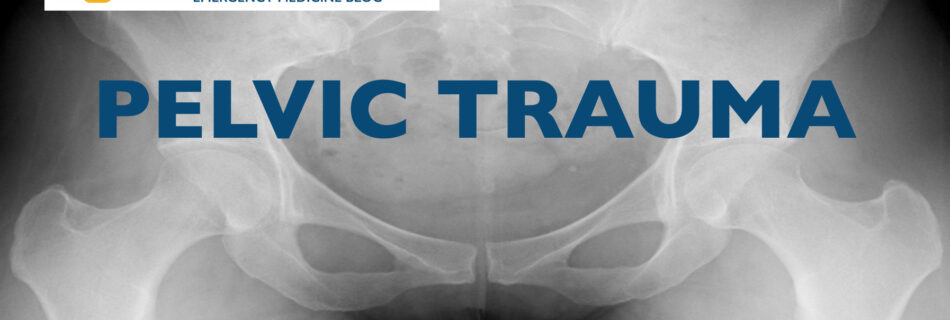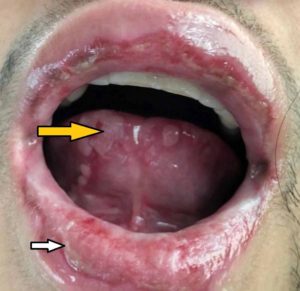Antacid Monotherapy vs GI Cocktail: Are You On or Off the Wagon?
This post first appeared on REBEl EM blog. Background: Dyspepsia and epigastric pain are common emergency department (ED) complaints affecting one in four adults annually. Twenty percent of these patients have an organic cause while 80% have functional dyspepsia (Moayyedi 2017). Antacids are often a first-line treatment in relieving the discomfort of dyspepsia and epigastric pain (Salisbury 2021). Antacids can be paired with other medications to create the “GI cocktail.”













